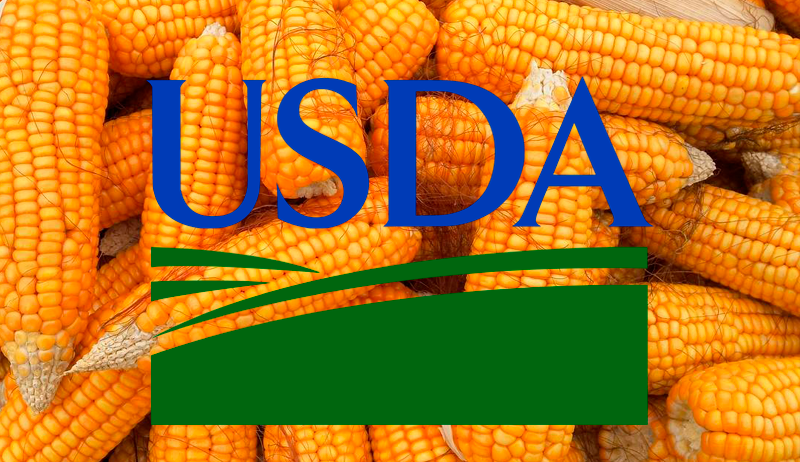Market Dynamics Shift as USDA Report Reveals High Corn Plantings and Inventories

The latest quarterly report from the U.S. Department of Agriculture (USDA) has sent ripples through the agricultural sector, challenging market predictions and revealing unexpected trends in crop acreage and inventories. This development has particularly impacted the Corn market, forcing analysts to reassess their forecasts in light of the surprising data released in June.
Despite high stock levels and depressed prices, U.S. farmers have expanded Corn plantings. The National Agricultural Statistics Service (NASS) projects 2024 Corn acreage to exceed 91 million acres, surpassing both March and June WASDE forecasts by nearly 1.5 million acres and the average analyst estimate by about 1.1 million acres. This marks a significant increase from recent years. The report also notes a substantial rise in grain inventories. As of June 1, Corn stocks reached a four-year high of 4.99 billion bushels, an increase of 22% year-over-year and 7% above the decade average. Approximately 61% of these stocks were held on farms, the highest proportion since 1999 and well above the 10-year average of 52%, indicating that a substantial volume of Corn remains in farmers’ bins rather than with end-users.
Market experts, after discussions with 15 grain farmers across the U.S. Midwest, report an unusually large volume of unsold grain. The U.S. Department of Agriculture projects that by September 2025, U.S. Corn inventories will reach a six-year high. This scenario creates uncertainty about when farmers will liquidate their stocks, potentially causing fluctuations in grain prices in both cash transactions and futures markets.
Farmers face a delicate balancing act. By holding onto their stocks, they risk waiting too long to sell, as the influx of newly harvested grain in October and November is likely to exert downward pressure on prices. Conversely, buyers are aware of the impending harvest but still need sufficient supplies to maintain processing plants and export flows during the summer months.
Many growers have adopted a cautious approach, selling just enough in the spring to cover immediate cash-flow needs. Some are hoping for adverse weather conditions this summer to trigger price rallies, though such outcomes are far from guaranteed. In response to the current market conditions, some farmers have negotiated with seed and chemical suppliers to reduce late fees, allowing them to retain their crop longer including those of Corn. Others are utilizing the futures market to hedge against the risk of further price declines.
Commercial buyers are expecting lower prices this summer due to the grain glut, adding complexity to market dynamics including Corn. As the agricultural sector deals with these shifts in planting patterns and inventory management, market observers are closely watching the impacts on grain prices including the Corn and supply chains. The USDA’s report indicates a potentially volatile period in U.S. grain markets, with global implications. This situation highlights the intricate balance between supply, demand, and pricing in agriculture, and the challenges faced by farmers, buyers, and analysts in navigating an unpredictable market in future including those of Corn.
Read also
Write to us
Our manager will contact you soon


